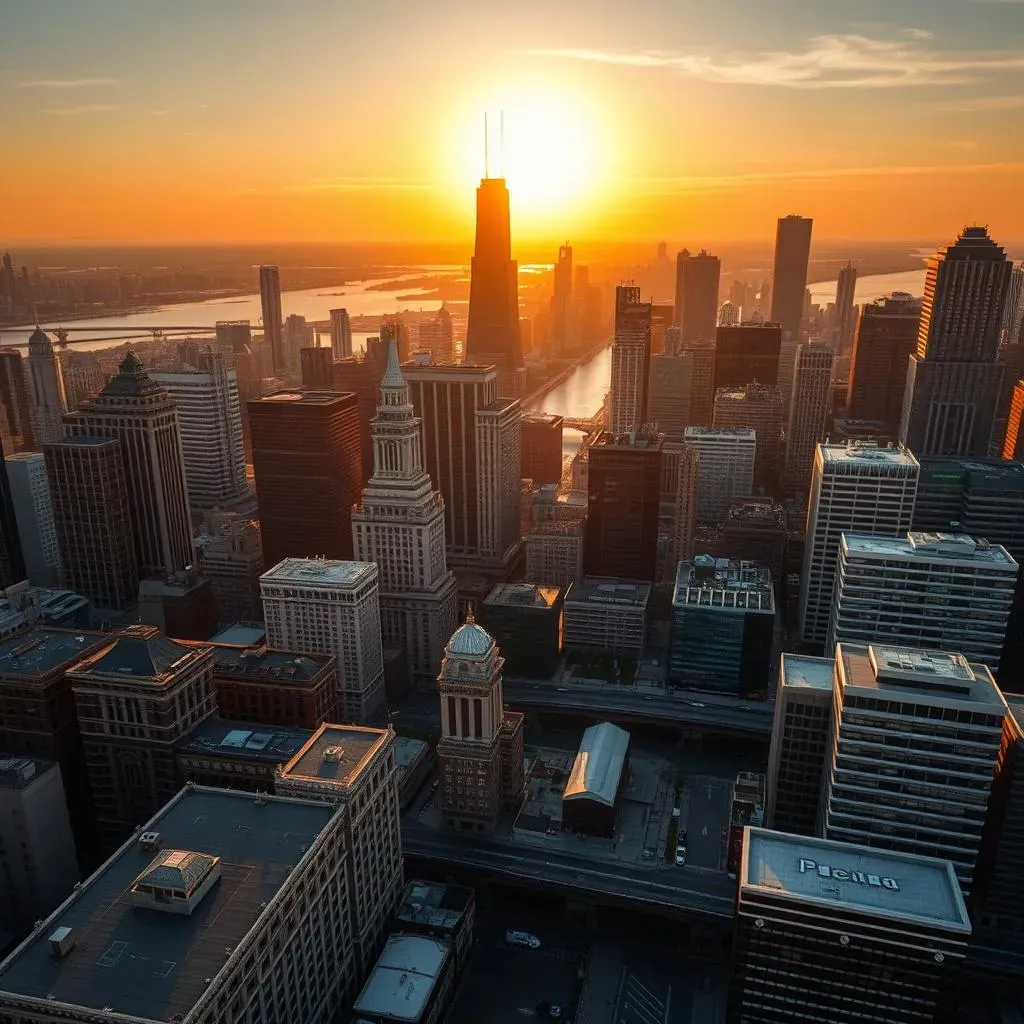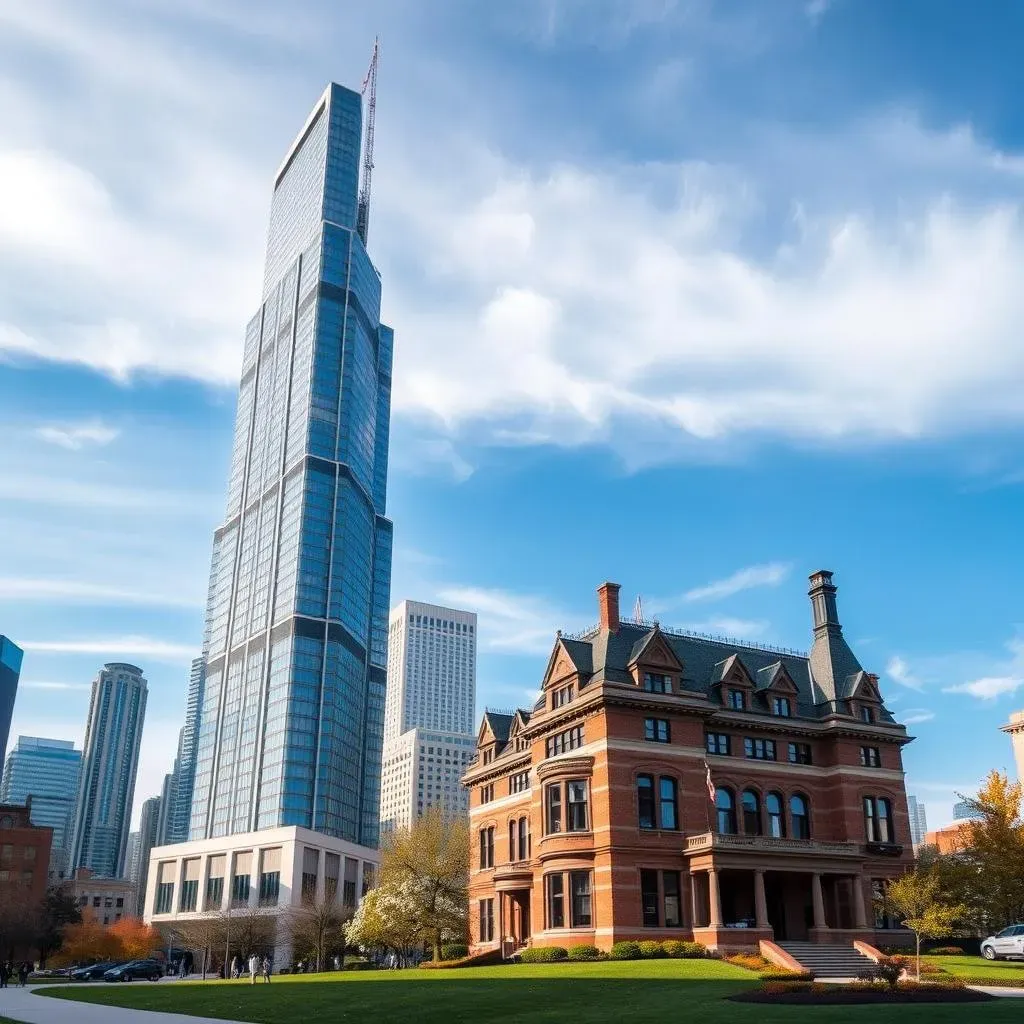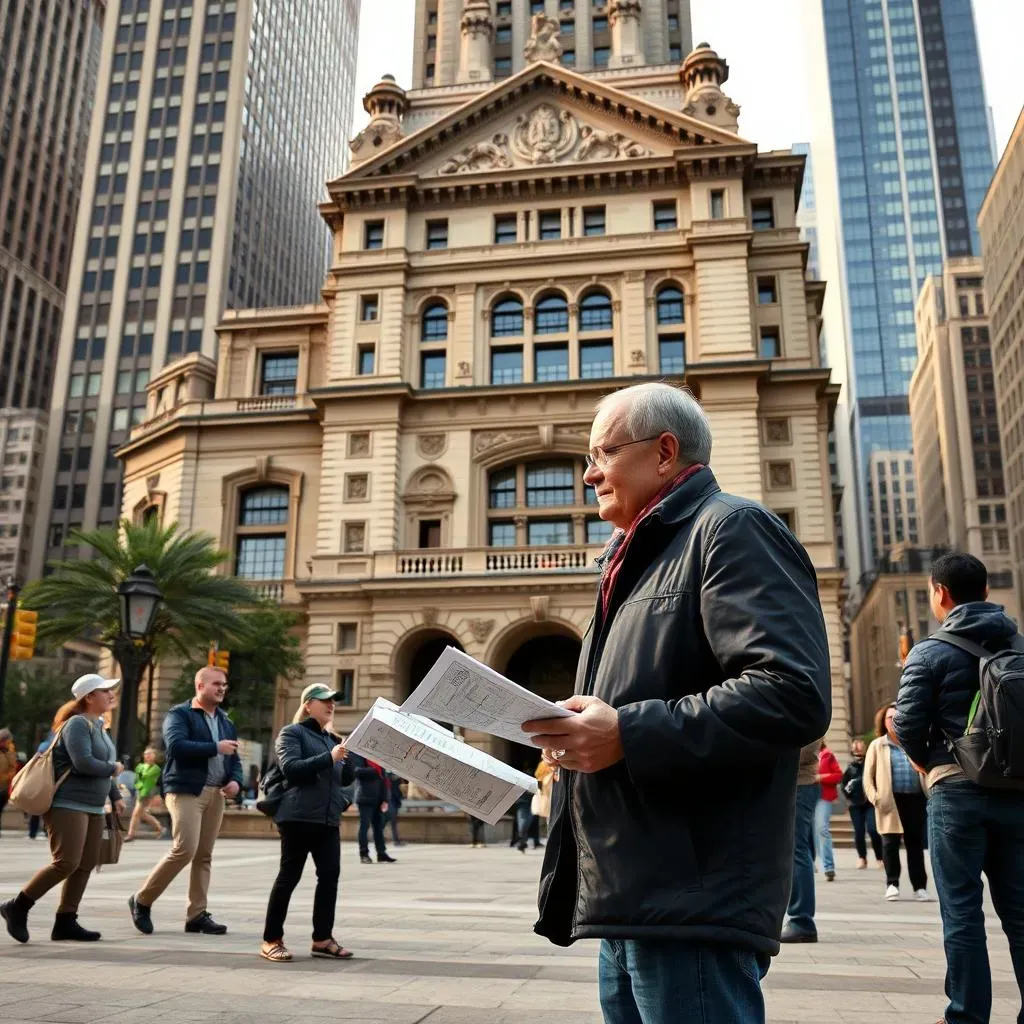Table of Contents
Chicago, the vibrant city on the shores of Lake Michigan, is a treasure trove of architectural history. From the iconic skyscrapers to the humble bungalows, each building tells a story of the city's evolution and growth. In this article, we will delve into the world of architectural history day trips in Chicago, exploring the must-visit landmarks, guided tours, and day trip ideas that will make your journey an unforgettable experience. Whether you're an architecture enthusiast or just looking to explore a new city, this article will provide you with the insights and inspiration you need to make the most of your trip. So, let's embark on this architectural journey through Chicago and discover the hidden gems that lie within its storied streets.
Chicago's Architectural History

Chicago's Architectural History
From Prairie School to Modern Marvels
Chicago, the birthplace of the skyscraper, has a rich architectural history that spans over a century. From the Prairie School movement of the late 19th and early 20th centuries to the modern marvels of today, Chicago's architectural landscape has been shaped by some of the world's most renowned architects. Frank Lloyd Wright, Louis Sullivan, and Daniel Burnham, among others, have left an indelible mark on the city's skyline.
Chicago's architectural history is not only reflected in its iconic buildings but also in its residential neighborhoods. The bungalows of the North Side, the Victorian homes of the West Side, and the apartment buildings of the South Side showcase the city's diverse architectural heritage. For those interested in exploring this aspect of Chicago's history, a visit to the Historical Landmarks in Washington D.C. would provide valuable context.
Architect | Notable Buildings | Year |
|---|---|---|
Frank Lloyd Wright | Robie House, Westcott House | 1910, 1908 |
Louis Sullivan | Guaranty Building, Carson, Pirie, Scott and Company Building | 1896, 1899 |
Daniel Burnham | Flatiron Building, Union Station | 1902, 1922 |
A City of Innovators
Chicago's architectural history is not just about buildings; it's also about the people who designed and built them. The city has been a hub for architectural innovation, with its early days marked by the construction of the first steel-framed skyscraper, the Home Insurance Building, in 1885. This innovation paved the way for the construction of taller and more complex buildings, transforming Chicago's skyline.
Today, Chicago continues to be a city of architectural innovation, with cutting-edge designs and sustainable buildings that redefine the urban landscape. The Museums for Day Trips in Chicago offer a glimpse into the city's architectural heritage and its continued pursuit of innovation.
- First steel-framed skyscraper: Home Insurance Building (1885)
- First skyscraper to use a central core: Tribune Tower (1925)
- First building to use a bundled tube structure: Willis Tower (1974)
MustVisit Architectural Landmarks in Chicago

MustVisit Architectural Landmarks in Chicago
Some sub heading
Chicago is home to a plethora of architectural landmarks that showcase the city's rich history and innovative designs. From the iconic Willis Tower to the historic Robie House, there are numerous must-visit architectural landmarks in Chicago that are sure to leave a lasting impression. For those interested in exploring the city's architectural heritage, a visit to the Exploring Colonial History in Massachusetts would provide valuable context.
One of the most iconic landmarks in Chicago is the Willis Tower, formerly known as the Sears Tower. This 108-story skyscraper was the tallest building in the world when it was completed in 1974 and remains one of the most recognizable landmarks in the city. Another must-visit architectural landmark is the Robie House, designed by Frank Lloyd Wright and considered one of the most important buildings in the development of the Prairie School style.
Landmark | Architect | Year Completed |
|---|---|---|
Willis Tower | Skidmore, Owings & Merrill | 1974 |
Robie House | Frank Lloyd Wright | 1910 |
Guided Tours for a Deeper Understanding

Guided Tours for a Deeper Understanding
Exploring Chicago's Architectural History with Guided Tours
Chicago's architectural history is vast and diverse, making it a city that offers something for everyone. To truly appreciate the city's rich architectural heritage, consider taking a guided tour. These tours offer a unique perspective on the city's most iconic landmarks, providing insights into their design, construction, and historical significance.
Guided tours in Chicago come in various forms, from walking tours to boat cruises, each offering a different perspective on the city's architecture. For those interested in exploring the city's historic neighborhoods, a walking tour is an excellent option. These tours typically cover a specific area of the city, such as the Loop or the West Side, and provide a detailed look at the architectural styles and landmarks that define each neighborhood. Alternatively, a boat cruise on the Chicago River offers a panoramic view of the city's skyline, allowing visitors to appreciate the grandeur of Chicago's iconic skyscrapers.
Tour Type | Duration | Cost |
|---|---|---|
Walking Tour | 2-3 hours | $30-$50 |
Boat Cruise | 1-2 hours | $40-$70 |
Bus Tour | 3-4 hours | $50-$80 |
Benefits of Guided Tours in Chicago
Guided tours in Chicago offer numerous benefits for visitors looking to explore the city's architectural history. Firstly, these tours provide access to expert knowledge and insights that would be difficult to obtain on one's own. The guides leading these tours are often architects, historians, or enthusiasts who have spent years studying the city's architecture and can provide a wealth of information on each landmark.
Secondly, guided tours offer a unique perspective on the city's architecture, allowing visitors to appreciate the design and construction of each building in a way that would be impossible on a self-guided tour. For example, a guided tour of the Willis Tower, formerly the Sears Tower, might take visitors to the top of the building, providing a breathtaking view of the city and a deeper understanding of the tower's design and construction.
- Expert knowledge and insights
- Unique perspective on the city's architecture
- Access to restricted areas
- Opportunity to ask questions and engage with the guide
Choosing the Right Guided Tour for Your Needs
With so many guided tours available in Chicago, it can be difficult to choose the right one for your needs. To make the most of your architectural history day trip in Chicago, consider the following factors when selecting a tour:
Firstly, consider the type of tour that interests you the most. Walking tours are ideal for those who want to explore the city's historic neighborhoods, while boat cruises offer a panoramic view of the city's skyline. Bus tours, on the other hand, provide a more comprehensive overview of the city's architecture, covering a wider area and more landmarks.
Secondly, consider the duration and cost of the tour. Longer tours may provide a more in-depth look at the city's architecture, but may also be more expensive. Shorter tours, on the other hand, may be more budget-friendly but may not provide as much information.
